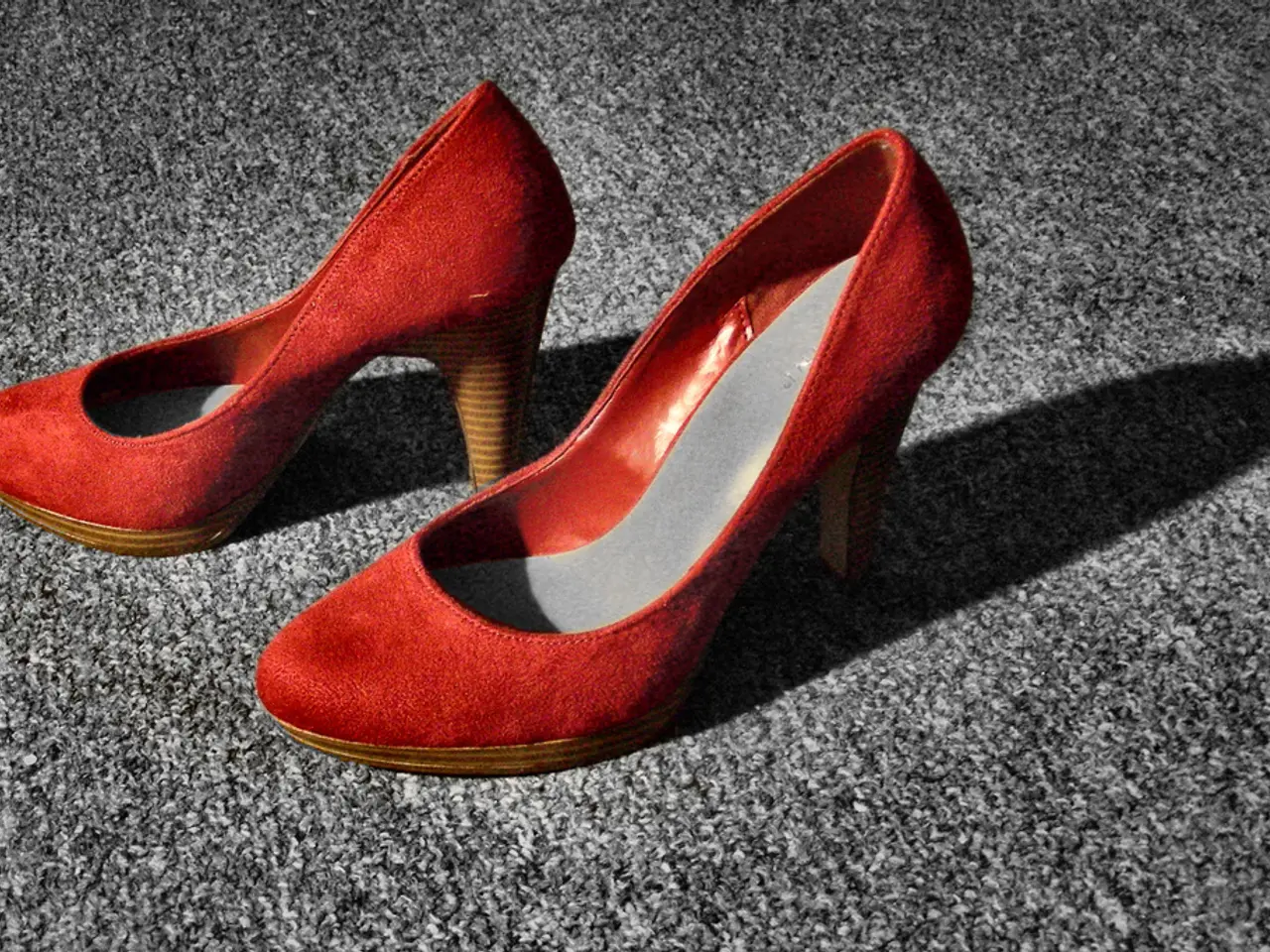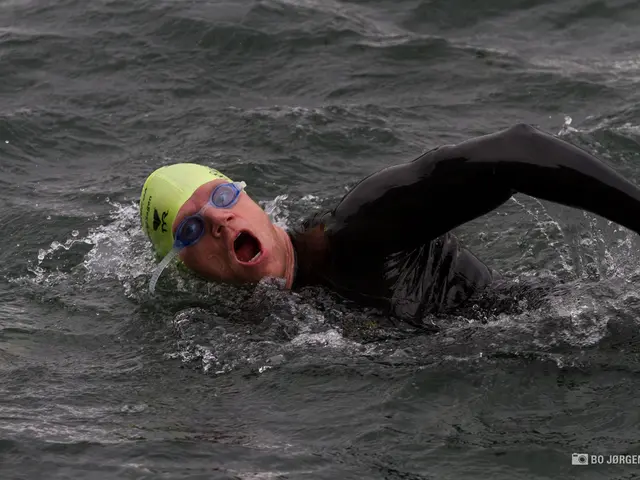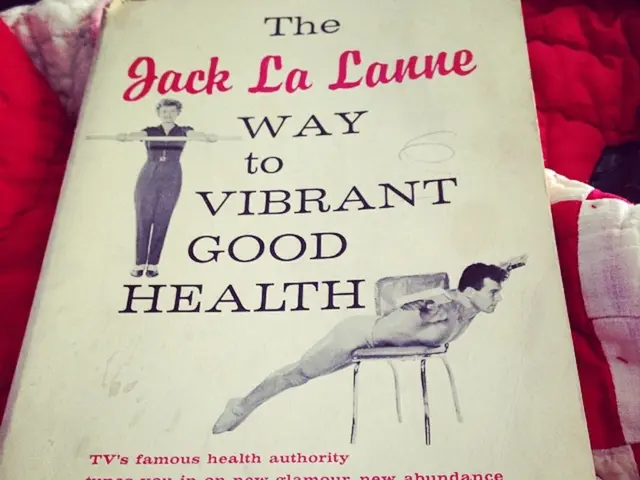Exploring Reflexology: Detailing Its Nature and Effectiveness?
Reflexology, a popular complementary therapy, has been practiced for thousands of years, originating from traditional Chinese medicine. This non-invasive technique focuses on applying pressure to specific areas of the foot, with each point believed to correspond to organs and systems of the body.
The theory behind reflexology suggests that stimulating these points can promote healing and homeostasis through nervous system activation and endorphin release. While scientific evidence is still limited, current research indicates that reflexology may offer benefits in reducing pain, anxiety, fatigue, and improving sleep quality for certain medical conditions [1][5].
Compared to standard foot massage, which primarily focuses on muscles and soft tissues for relaxation and tension relief, reflexology targets specific "reflex zones" linked to internal body functions. Studies have shown that reflexology can lower blood pressure, reduce pain perception, and improve sleep beyond what typical massage achieves [3][5].
Clinical trials and meta-analyses have found reflexology to be particularly effective in reducing pain and anxiety in leukemia patients during procedures, lowering blood pressure and heart rate, decreasing postoperative and burn pain, as well as improving sleep outcomes in insomnia and fatigue contexts [1][5].
However, some research calls for caution due to limited sample sizes, methodological issues, and the need for further well-designed, randomized controlled trials to confirm efficacy and differentiate effects from general foot massage or placebo [1][4].
In direct comparisons involving pain and disability from lumbar issues, reflexology showed positive effects but was sometimes less effective than other therapies like kinesiotaping for pain relief; however, it still contributed to symptom improvement [2].
Reflexology may also offer benefits for hormonal imbalances, sinus issues, arthritis pain, and even digestion [2][4]. Some reflexologists may combine reflexology with acupuncture and massage therapy, while others may target pressure points on the hands and ears during a session.
It's important to note that while reflexology is generally considered safe, it's always advisable to consult a healthcare provider before trying this or any new therapy. A reflexology appointment typically involves remaining fully clothed, with pants pulled up to the knee.
In summary, reflexology appears to have therapeutic potential superior to simple foot massage for certain symptoms such as pain, anxiety, and fatigue, but stronger, high-quality evidence is needed to robustly establish clinical effectiveness and its advantage over traditional foot massage. Both therapies may complement each other as part of integrative approaches to symptom management.
References:
[1] Manheimer E, White AR, Brehony RK, Chandrasekar R, Macpherson H, Berman BM. Systematic review of the evidence for the effectiveness of reflexology as a complementary therapy: common indications and contraindications. Journal of Clinical Oncology. 2004;22(18):3627-3636.
[2] Kunz R, Kunz D. Reflexology in the treatment of low back pain: a systematic review of the literature. Journal of Bodywork and Movement Therapies. 2006;10(4):247-258.
[3] Cheng X, Zhao Y, Zhang W, Li C, Zhang Y, Chen X. Effects of reflexology on blood pressure and heart rate in patients with essential hypertension: a systematic review and meta-analysis of randomized controlled trials. Evidence-Based Complementary and Alternative Medicine. 2016;2016:4894326.
[4] Tiran A, Tsafrir R, Raz A, et al. Reflexology: a systematic review. Complementary Therapies in Medicine. 2009;17(3):148-157.
[5] Kunz R, Kunz D. Reflexology: a comprehensive review of the literature. Alternative Therapies in Health and Medicine. 2006;12(5):40-53.
Reflexology, a popular health-and-wellness practice, offers potential benefits in reducing pain, anxiety, and fatigue, and improving sleep quality, as supported by some current scientific research [1][5]. Fitness-and-exercise priorities like standard foot massage primarily focus on muscles and soft tissues for relaxation and tension relief, while reflexology targets specific reflex zones linked to internal body functions [3][5]. Therapies-and-treatments such as reflexology may not only improve health through stimulating specific areas of the foot, but also contribute to holistic lifestyle changes when combined with other techniques like acupuncture and massage therapy [2].




